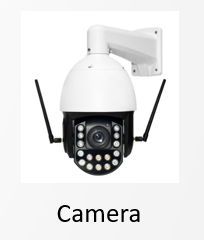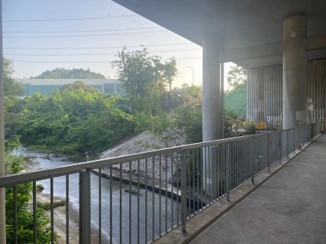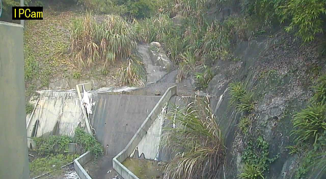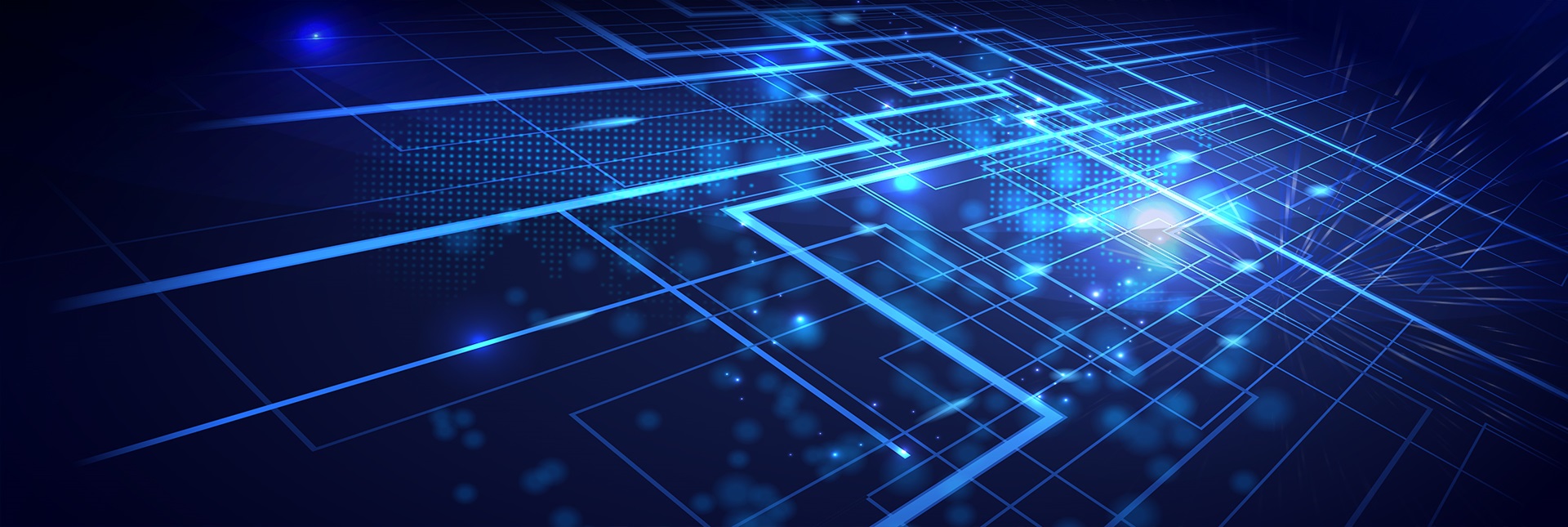River Monitoring
Product Introductions
At present, some water conservancy construction areas in China have relatively low levels of informatization, large errors in manual observation data, harsh on-site environments, cumbersome systems and difficult maintenance, and lack of electricity and network, which all constrain the effective monitoring of water conservancy projects. Once encountering abnormal weather conditions, the flood prevention safety of major reservoirs and water gates is worrying. The river embankments have been in disrepair for a long time and pose significant hidden dangers. Some algae on the river surface affect water quality, and there are also illegal excavations or thefts by gold and sand boats, which are not conducive to the development of China's water conservancy industry and cause serious losses to national property and the safety of the people.
In response to the widespread distribution of rivers in China's water conservancy industry, the use of traditional wired connection methods results in high installation costs and long construction periods; In some areas, the environment is harsh, there is no electricity and no Internet port, and the traditional video transmission traffic consumption is large and unstable; Monitoring personnel are not free, and there must be someone on duty 24 hours a day; There are significant limitations such as not being able to promptly detect equipment malfunctions and not being able to repair them in a timely manner, resulting in losses. The use of AI cameras and ultrasonic sensors to intelligently identify water levels and sediments in rivers under extreme weather conditions, and transmit data in real-time to servers, breaks limitations and truly achieves real-time remote monitoring of water conservancy projects such as reservoirs, large rivers, and ports.





